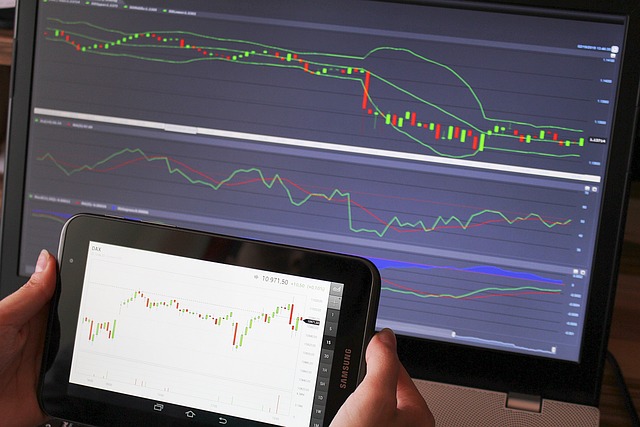The foreign exchange market (Forex) offers a vast trading landscape, with currency pairs influenced by a multitude of factors. Understanding these factors and their impact on specific sectors can empower you to develop effective Forex trading strategies. This comprehensive guide delves into sector analysis, a powerful tool for identifying potential trading opportunities and making informed decisions in the Forex market.
Understanding Sector Analysis in Forex:
The Forex market can be broadly categorized into sectors based on the underlying economies and their interconnectedness. Here are the key sectors to consider:
- Majors: This sector comprises the most heavily traded currencies, including USD (US Dollar), EUR (Euro), GBP (British Pound), JPY (Japanese Yen), AUD (Australian Dollar), NZD (New Zealand Dollar), CHF (Swiss Franc), and CAD (Canadian Dollar). The economies of these nations are highly influential, and their currencies are often used as reserve currencies.
- Commodities: Currencies of countries rich in natural resources like oil, gold, or agricultural products fall under this sector. These currencies can be significantly impacted by fluctuations in commodity prices. For example, a rise in oil prices might strengthen the Canadian Dollar (CAD).
- Emerging Markets: This sector encompasses the currencies of developing economies with high growth potential. These currencies can be more volatile but also offer potentially higher returns. Political and economic developments in these countries heavily influence their exchange rates.
Leveraging Sector Analysis for Strategic Trading:
- Identifying Correlations: Analyze how currencies within a sector or across sectors correlate with each other. For example, the USD and EUR might have a negative correlation, meaning when the USD strengthens, the EUR might weaken, and vice versa. Understanding these relationships can help you develop strategies like spread trading or using one currency pair to hedge another.
- Fundamental Analysis Integration: Sector analysis goes hand-in-hand with fundamental analysis, which involves studying economic data, interest rates, political events, and other factors impacting currencies. By understanding the underlying fundamentals of a sector’s economies, you can anticipate potential trends and make informed trading decisions.
- Technical Analysis Confirmation: While sector analysis provides valuable insights, it should be used in conjunction with technical analysis – studying charts and price patterns to identify entry and exit points for trades. Technical analysis can help confirm signals derived from sector analysis and support your trading strategy.
Illustrative Examples of Sector-Based Strategies:
- Interest Rate Differentials: Central bank interest rate decisions can significantly impact currency valuations. Analyze interest rate differentials between major economies. If the US Federal Reserve raises interest rates compared to the European Central Bank, the USD might strengthen against the EUR (EUR/USD) due to the increased attractiveness of USD-denominated assets.
- Commodity Price Movements: Monitor the price movements of key commodities like oil or gold. If oil prices rise, the Canadian Dollar (CAD) might strengthen against the US Dollar (USD) due to Canada’s status as a major oil producer (USD/CAD). Conversely, a decline in oil prices could weaken the CAD.
- Emerging Market Growth: Emerging markets offer promising growth potential but can also be more volatile. Analyze the economic outlook and political stability of emerging economies. If a specific emerging market exhibits strong growth prospects and political stability, its currency might appreciate against major currencies.
Final Thoughts
By incorporating sector analysis into your Forex trading strategy, you gain a deeper understanding of the underlying forces driving currency movements. Remember, sector analysis is a powerful tool, but it should be used in conjunction with fundamental and technical analysis for a well-rounded approach. By diligently analyzing sectors, their economies, and their interconnectedness, you can make informed trading decisions and navigate the dynamic world of Forex with greater confidence.




